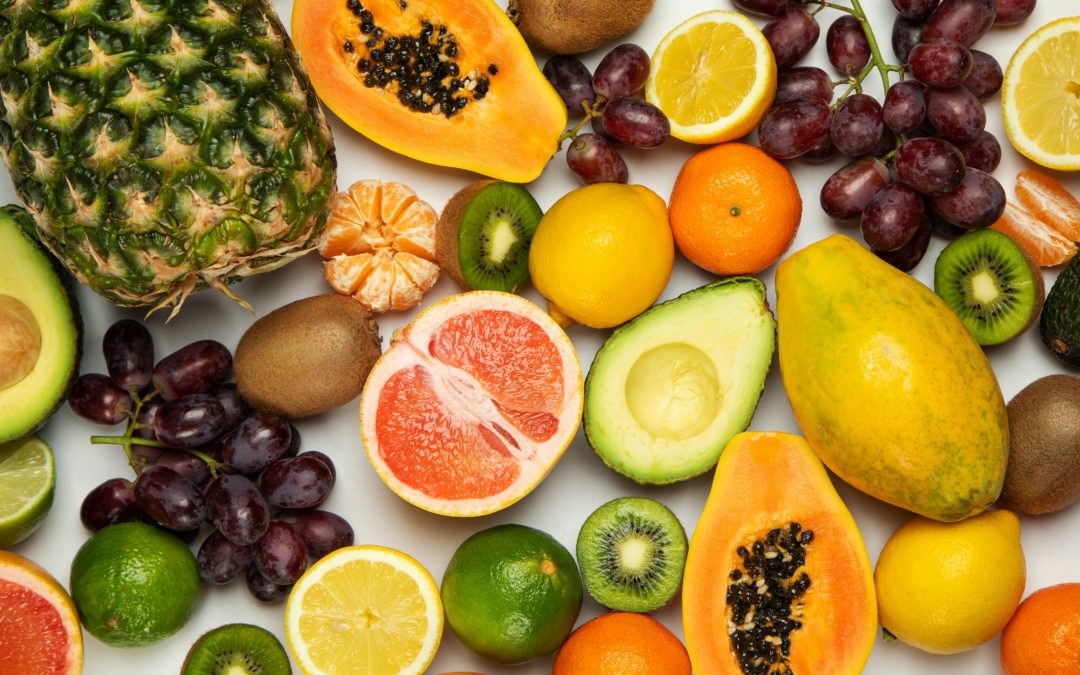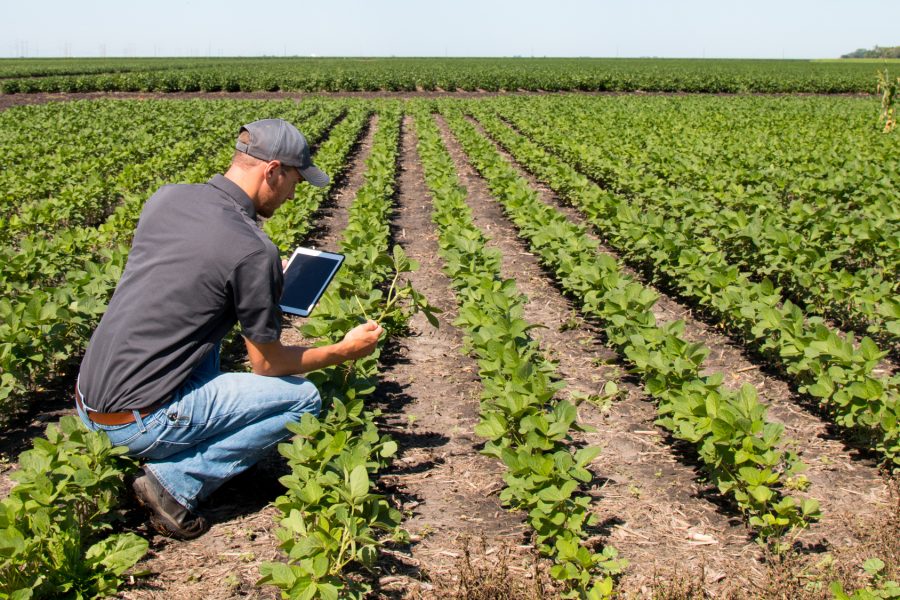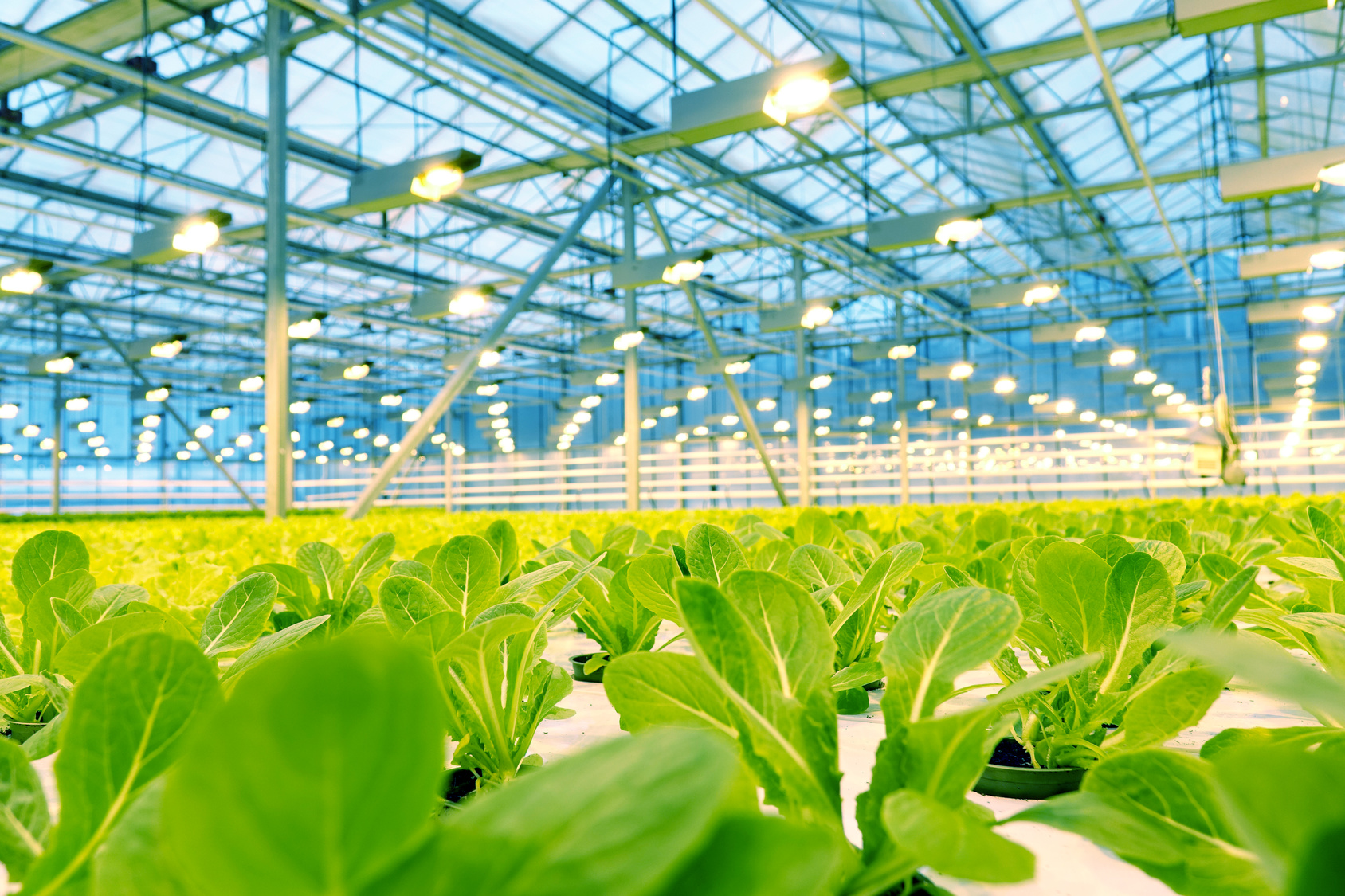From fruits and vegetables, to tree nuts and flowers, specialty crops represent a unique class of crops that require extra care, investment and attention to be profitable and sustainable. That’s in part because the products produced by this segment of the agriculture industry make up a significant portion of U.S. ag output by value and represent a diverse and important source of high quality nutrition.
It’s high value. It’s diverse. And it’s happening across the country.
Whereas the American Midwest dominates U.S. production of wheat, corn and soy, the Pacific Northwest, Florida, the Southwest and specifically California dominate the production of specialty crops. In fact, the U.S. produces $79.8 billion worth of specialty crops each year, amounting to 17.6% of the total agricultural value produced annually in the U.S., and these crops produce higher value per acre vs. staple crops and represent a higher net profit niche in the agricultural industry.
In the first of our two-part series on specialty crops we discussed the challenges and opportunities facing this segment of the ag industry (Watch the Replay of Part 1). In Part 2 we examined the technology innovators who are moving this category forward. This panel focused on upcoming solutions to some of the specialty crop industry’s most pressing obstacles and roadblocks.
There are five central challenges that currently face the specialty crop industry: Human Labor, Water Scarcity, Food Safety, Regulatory Compliance, and Sustainability. In Part 2 we covered a range of topics including:
Water: An Unprecedented Western Drought
- Currently 72% of the western U.S. is in “severe” drought, with drought costing the U.S. $4.5 billion in 2020.
- The expectation is that by 2025 the U.S. won’t be able to meet 40% of the water demand for agriculture.
- On average, growers use 35% more water than they would actually need to achieve the same result.
- As climate change continues to affect temperature, rainfall patterns, and evaporation, data driven systems are becoming more appealing to growers as a way of augmenting decision making.
- New crop intelligence systems are being used to gather and interpret agricultural data from the field. Networks of sensors placed in fields can sense the specific conditions of the soil and read the current response of the crops to the amount of available water. These systems excel in working with sensitive crops, like specialty crops.
- These systems can give growers the information they need to prioritize the periods of their crops’ growth cycle where a minimum amount of water is essential to the crop’s healthy growth.
- More accurate information can lead to better decision making that can save water. Instead of overwatering crops out of fear of losing an investment, these sensory systems can lead to growers delegating their water in a way that is less wasteful.
- With the use of digital tools, growers can produce as much quantity, at a higher quality, by using significantly less water.
- Human error also accounts for a large amount of water waste, and remote systems can help growers determine if their irrigation plans are being executed properly.
Food Safety: An Ever Present Recall Risk
- According to the U.S. Centers for Disease Control and Prevention (CDC), approximately 12% of foodborne illness in the U.S. comes from contaminated fresh produce.
- Food recalls cost companies an average of $10 million a year.
- To increase fresh produce safety rates, automation is becoming increasingly important.
- Companies are looking to develop technology that will allow growers to test for the quality of their produce on site, without having to send samples out to a third party lab.
- Advances in sanitation for workers, equipment, and bulk water will change the types and amounts of chemicals needed to keep food safer.
- Research is being done to find just the right amount of a certain chemical to use in order to kill bacteria, but not affect the crop in any other way.
- As plant diagnostic sensor technologies improve, growers will be able to tell what food safety risks their crops are running at any given time.
- Hyperspectral imaging and cold plasma treatments may help growers to diagnose potential issues with crops in the field.
Sustainability: Reducing Runoff And Managing GHG’s
- As much of the nitrogen used to enrich the soil to encourage strong growth of specialty crops is synthetic and it’s production contributes 3% of global emission annually, restrictions on synthetic nitrogen use are increasing.
- California will require growers to decrease their synthetic nitrogen use by 60% between 2023 and 2031, meaning that new technologies and management strategies will be essential.
- Currently, roughly 50% of the synthetic nitrogen that growers use for their crops runs off, ending up in our waterways, drinking water, and oceans.
- Companies are developing ways to use nitrogen producing microbes to naturally insert nitrogen into a crop’s growing process.
- In the past, the issue with using microbes for jobs such as this is that the microbes have to compete with other organisms for energy on site, or have to drain energy from the crops themselves. Technology has recently been developed to pre-feed these microbes, allowing them to live long enough to complete their task.
- This process of using microbes to fix nitrogen from the air has been shown to be able to replace 50 to 80% of the synthetic nitrogen that growers normally use.
- Because the microbes break down into carbon when they die after around 2 weeks, they may also help growers capture future carbon storage credits.
- Instead of producing 4 pounds of carbon dioxide for every pound of nitrogen produced, this process can sequester a small amount of carbon every time it is used.
Regulatory: Increased Regulations At A Cost
- Between 2006 and 2017, regulatory costs in California rose 795%, most of the increased costs resting on individuals or businesses.
- While most farmers are not actually changing their processes, they are increasingly required to systematically record what they do. This applies a constantly increasing burden to the grower, while not necessarily improving the safety or quality of the product.
- Historically, products intended to help with recording grower compliance have been extremely expensive and hardware-based, such as scanner guns or harddrives.
- New mobile platform-based products largely eliminate the need for most paper record keeping, leveraging already ubiquitous smartphones as the only hardware necessary.
- These systems can give employees back their time, and save operation managers the growing labor costs of producing physical records.
- Digital data collection can also protect growing organizations from liability issues caused by spotty record keeping, and potentially be used to capture lower workers compensation insurance.
- Meticulous data from years of digitized record keeping can potentially be used to promote an organization’s process and product from a marketing standpoint.
Be sure to register for our ongoing Deep Dive series so you don’t miss out on our next update.





